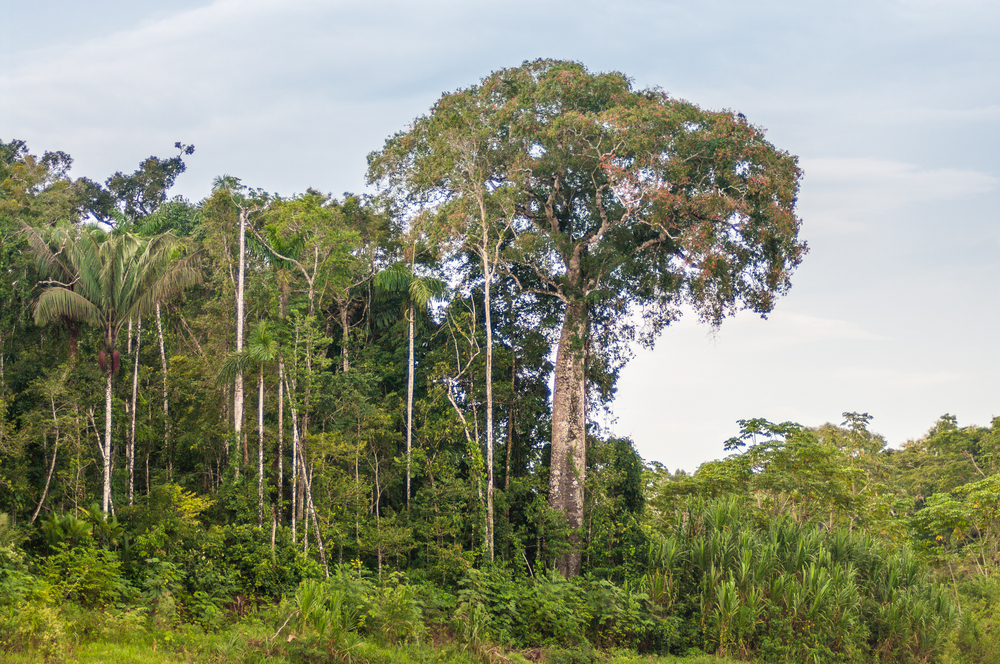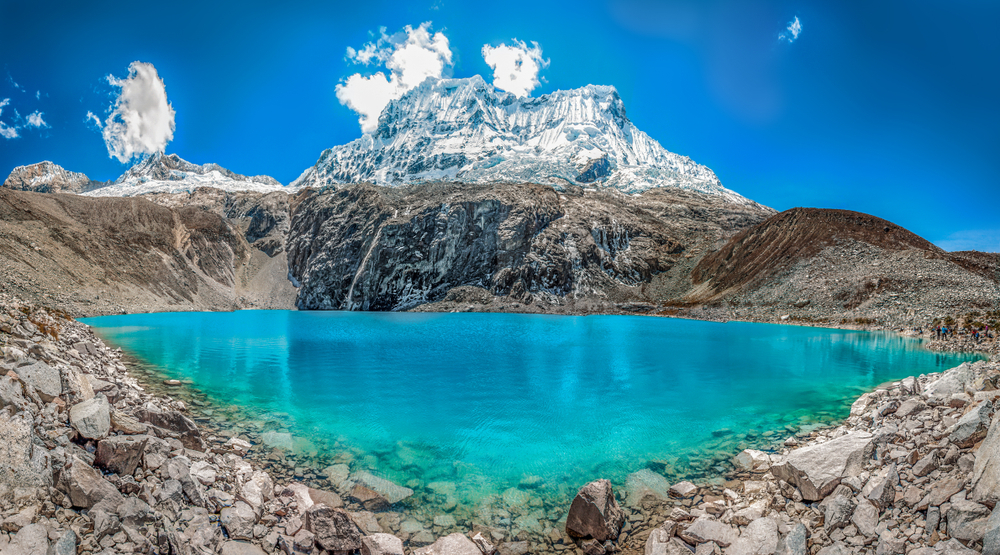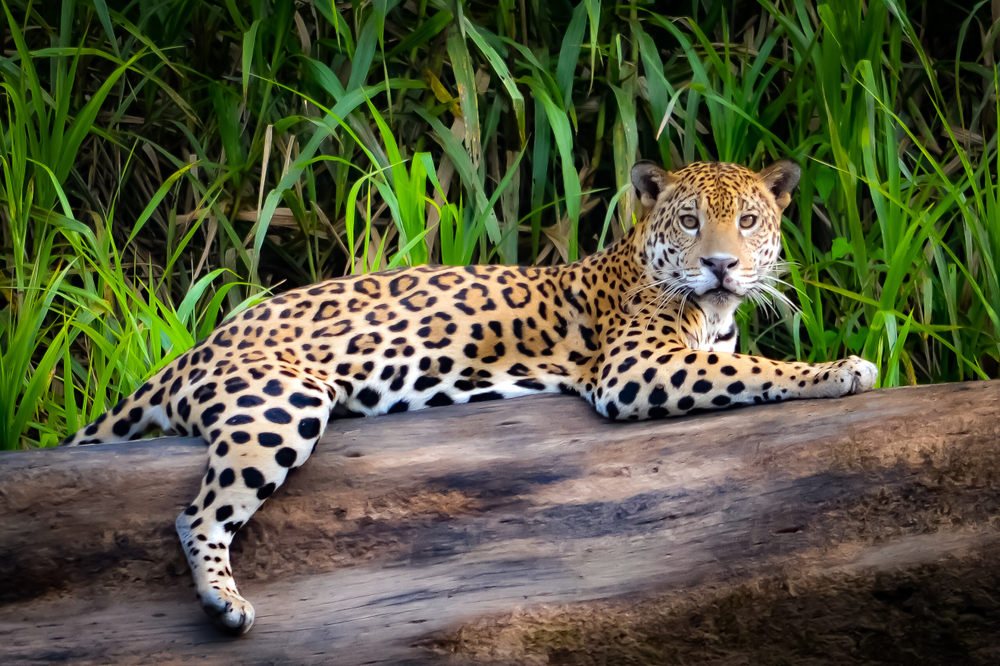Bahuaja-Sonene Overview
Bahuaja-Sonene National Park, known locally as Parque Nacional Bahuaja-Sonene, is a vast protected area in southeastern Peru. Covering approximately 10,545 square miles (27,242 square kilometers), the park extends across the regions of Madre de Dios and Puno, encompassing some of the most biodiverse ecosystems in the world.
It forms part of the larger Tambopata-Madidi corridor, a crucial conservation zone that includes adjacent protected areas in both Peru and Bolivia. This remote and pristine park protects a range of habitats, from the humid lowland Amazon rainforest to the cloud forests of the Andean foothills and the unique savannas of the Pampas del Heath, the only tropical savanna in Peru.
The park’s landscapes are as diverse as they are breathtaking. The lowland rainforests are dense with towering trees such as Brazil nut and mahogany, while the rolling Andean foothills are covered in lush montane forests. The Pampas del Heath, a rare and ecologically significant tropical grassland, stands in stark contrast to the thick jungle, offering a habitat for species not commonly found in the surrounding forest.
The park is also home to the meandering Tambopata and Heath Rivers, which sustain the rich biodiversity of the region. Seasonal flooding and diverse topography contribute to the complex web of microhabitats that support an incredible array of wildlife.
Bahuaja-Sonene National Park is one of the most biologically diverse places on the planet. It harbors over 600 bird species, including the harpy eagle, the vibrant macaws of the clay licks, and the endangered Orinoco goose. Mammals abound, with jaguars, pumas, and ocelots roaming the forests, while giant otters, a critically endangered species, inhabit the rivers and oxbow lakes.
The park is also home to the elusive spectacled bear and large herds of white-lipped peccaries. Among the rarest species found here is the maned wolf, a highly unusual canid that thrives in the Pampas del Heath, an ecosystem distinct from the surrounding rainforest. The rich biodiversity extends to amphibians, reptiles, and an immense variety of insects, making it a paradise for wildlife enthusiasts and researchers alike.
A major attraction within the park is the renowned macaw clay licks, where hundreds of these brilliantly colored birds gather to feed on mineral-rich clay. This spectacle is one of the most photographed wildlife events in the Amazon and draws birdwatchers and nature lovers from around the world. The rivers offer opportunities for canoeing and wildlife observation, while the Pampas del Heath provides a rare chance to experience a Peruvian savanna landscape.
Visitors can also embark on guided jungle treks, explore oxbow lakes, and stay at eco-lodges that support conservation efforts. Some indigenous communities and local conservation organizations offer cultural experiences, allowing visitors to learn about the traditions and knowledge of native peoples who have lived in the region for centuries.
Despite its rich biodiversity and protected status, Bahuaja-Sonene National Park faces significant conservation challenges. Illegal mining and deforestation threaten the delicate balance of the ecosystem, while poaching and human encroachment pose risks to wildlife populations.
Conservation efforts have been bolstered by partnerships between the Peruvian government, environmental organizations, and local communities, leading to stronger protections and increased monitoring of illegal activities. Sustainable tourism has also played a role in conservation by providing alternative livelihoods and raising awareness about the importance of preserving this extraordinary region.













































































